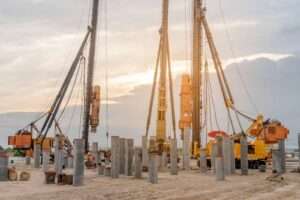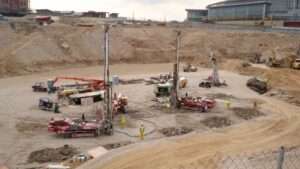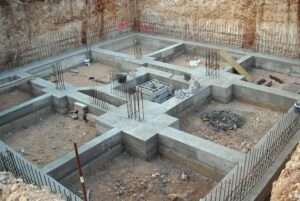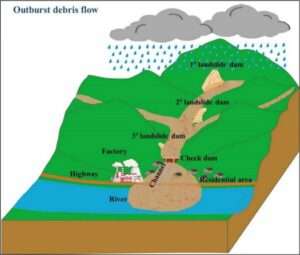Cable anchors, also known as ground anchors, are pivotal in modern slope stabilization techniques. These systems offer a reliable solution to counteract the destabilizing forces acting on slopes, retaining walls, and excavations. By transferring tensile forces deep into stable soil or rock strata, cable anchors enhance slope resilience and mitigate the risk of failure. This article delves into the design, application, and benefits of cable anchors in stabilizing slopes.
How Cable Anchors Work
Cable anchors consist of high-strength steel cables or bars that are inserted into pre-drilled holes and grouted in place. The exposed ends are tensioned and secured to a bearing plate or other structural elements. This configuration allows them to:
1.Resist Uplift and Sliding Forces: Counteracting both horizontal and vertical destabilizing forces.
2.Enhance Structural Stability: Providing additional support to retaining walls and other structures.
3.Redistribute Loads: Spreading loads to more stable subsurface layers.
Applications of Cable Anchors
Cable anchors are versatile and widely used in various geotechnical scenarios, including:
1.Slope Stabilization: Preventing landslides and soil erosion on steep or unstable slopes.
2.Retaining Structures: Enhancing the load-bearing capacity of retaining walls.
3.Excavations: Stabilizing deep excavations during construction.
4.Rock Face Stabilization: Securing fractured or loose rock masses.
Design Considerations
Effective implementation of cable anchors requires careful planning and engineering. Key factors include:
1.Anchor Length and Depth: Determined based on soil or rock properties and the forces to be resisted.
2.Grout Material: Ensuring proper bond strength between the anchor and surrounding material.
3.Tensioning Force: Optimizing force application to prevent overloading or underperformance.
4.Corrosion Protection: Using protective coatings or encapsulation to extend anchor lifespan.
Advantages of Cable Anchors
1.High Load Capacity: Capable of resisting significant forces.
2.Flexibility: Adaptable to diverse geotechnical conditions.
3.Durability: Designed for long-term performance with minimal maintenance.
4.Efficient Installation: Relatively quick and cost-effective to install.
Challenges and Mitigations
While cable anchors offer numerous benefits, challenges such as improper installation, corrosion, or inadequate design can compromise their performance. Regular monitoring, quality materials, and adherence to engineering best practices are essential to overcoming these challenges.
Conclusion
Cable anchors play a crucial role in slope stabilization, offering a robust and flexible solution to geotechnical challenges. Their ability to reinforce stability and enhance the performance of supporting structures makes them indispensable in modern engineering practices. By leveraging cable anchors, engineers can effectively mitigate risks, protect infrastructure, and ensure the safety of natural and built environments.







